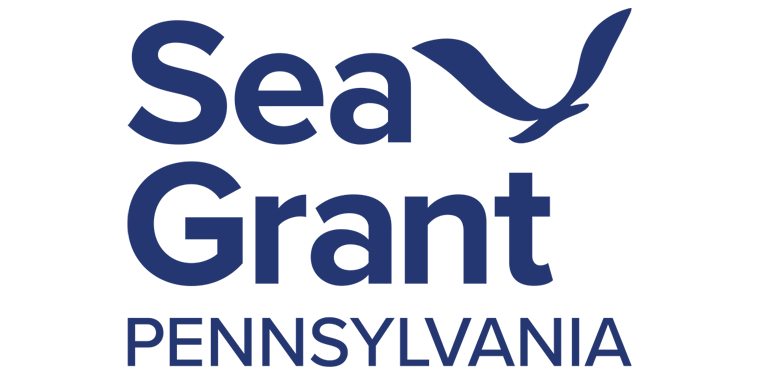Program Overview
Pennsylvania Sea Grant is one of thirty-four programs of the National Sea Grant College Program, whose mission is to enhance the practical use and conservation of natural resources for a healthy environment, resilient communities, and strong, sustainable economies. For over 27 years, the Pennsylvania Sea Grant College Program has led successful research, outreach, education, and communications programs that support Pennsylvania’s aquatic ecosystems and inform communities.
The Pennsylvania program was started in 1998 as an outreach project primarily focused on the 76.6 miles of Lake Erie shoreline, in Erie, PA. Since then, the program has expanded, both in the scope of programs offered and geographically. Staff now work in communities in the Lake Erie watershed and in the Delaware and Susquehanna River Basins.
National Sea Grant College Program History
In 1965, Senator Claiborne Pell of Rhode Island introduced legislation to establish Sea Grant colleges on campuses nationwide as centers of excellence in marine and coastal studies. With the adoption in 1966 of the National Sea Grant College Act, Congress established an academic/industry/government partnership that would advance the nation’s education, economy, and environment into the 21st century.
The National Sea Grant College Program was established by the U.S. Congress in 1966 and works to create and maintain a healthy coastal environment and economy.
The Sea Grant network consists of a federal/university partnership between the National Oceanic and Atmospheric Administration (NOAA) and 34 university-based programs in every coastal and Great Lakes state, Puerto Rico, and Guam. The network draws on the expertise of more than 3,000 scientists, engineers, public outreach experts, educators and students to help citizens better understand, conserve and utilize America’s coastal resources.
The Launch of Pennsylvania Sea Grant
In March 1998, NOAA provided funding to Penn State Erie, the Behrend campus, to initiate a focused Sea Grant outreach project related to the Lake Erie coastline of Pennsylvania. Based on Pennsylvania Sea Grant’s performance over its initial six years, the National Sea Grant Office determined that the program should be elevated to the level of ‘Coherent Area Program’ which is the next stage in the progression to full college status.
In 2004, now serving as a Coherent Area Program, Pennsylvania Sea Grant expanded its influence to three diverse regions, including,
- The Lake Erie watershed, which consists of the northern half of Erie County and the northwest corner of Crawford County. Lake Erie’s 76.6-mile shoreline in Pennsylvania includes the 3,200-acre Presque Isle State Park and the 3,719-acre Presque Isle Bay.
- The Delaware River Basin, which is home to approximately 5.25 million residents, and includes 112 miles of tidal Delaware River coast within Bucks, Philadelphia, and Delaware counties. The Delaware River is the world’s busiest freshwater port, supporting one of the world’s greatest concentrations of heavy industry and the second largest petrochemical refining center in the nation, and,
- The Susquehanna River Basin, which is one of the largest watersheds in the Atlantic Slope of North America. In Pennsylvania, the Susquehanna River drains all or part of 43 of the 67 counties, and is the largest tributary to the Chesapeake Bay, providing half the freshwater flow to the upper bay while representing 43 percent of the drainage area.
In summer 2009, again based on performance, the National Sea Grant Office advanced Pennsylvania Sea Grant’s status to that of an Institutional Program, which included a broader statewide and regional mandate and an applied research program. This status brought the Pennsylvania program one-step closer to Full College status.
In February 2014, Pennsylvania Sea Grant petitioned the National Sea Grant Office to begin the process for designation as a full Sea Grant College Program. A NOAA team evaluated Pennsylvania Sea Grant in October 2014 and the National Sea Grant Advisory Board approved the change in status in March 2015.
In September 2015, The U.S. Department of Commerce approved the change.
In April 2016, the National Sea Grant Office officially recognized Pennsylvania Sea Grant as a full Sea Grant College Program.
Today, the program continues to operate in the three areas of the Lake Erie watershed and the Delaware and Susquehanna River Basins. Additionally, as the Keystone State, Pennsylvania is positioned in both the Great Lakes and Mid-Atlantic regions. Staff participate in numerous teams, panels, and efforts to advance Great Lakes and Mid-Atlantic science.
Pennsylvania Sea Grant’s work is supported by the National Oceanic and Atmospheric Administration (NOAA), Penn State University, and through federal, state, and local funding.



